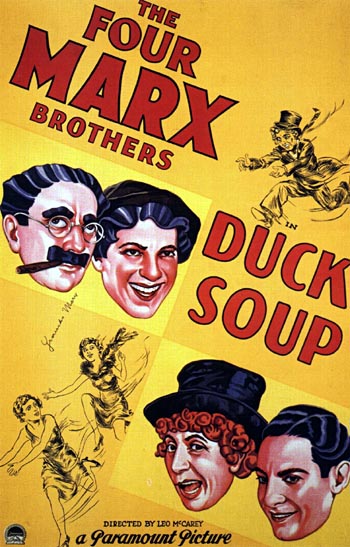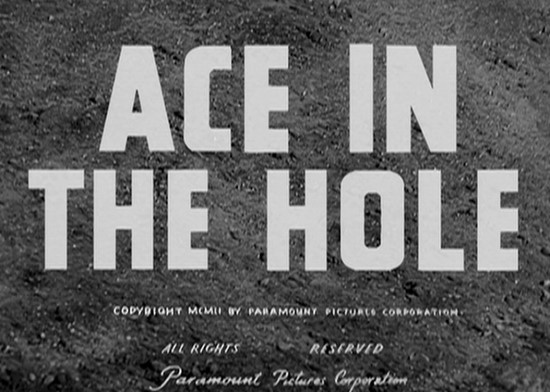1970s? Let's see---that's somewhere between the psychedelic sixties and the electro-wave eighties. So what happened then in the big wide world of American film and American film comedy and anywhere else really.
We
jump first to George Lucas and his 1973 comic achievement
"American Graffiti". And how with its
success, it puts a pair of big-boy pants on the infantile Lucasfilm Ltd. The next jump is to good old glam-rock and roll and our friend
David Bowie. (1970 releases like
Hunky Dory and
The Rise and Fall of Ziggy Stardust... brought the young saxophonist from Brixton into British and International acclaim.
) We mention Britain, because at the time, a new comedy was being developed there, after having been rejected by American studios.
"With the 1970’s came change in film comedies. The popularity of such shows as Saturday Night Live and Second City Television led to films that were more manic and crazy. Stars such as Steve Martin, Richard Pryor, Cheech and Chong, Chevy Chase, John Belushi and Bill Murray became world famous for their movies." -
Associated ContentSaturday Night Live is worthy of notice because, after a successful
inauguration of the 1969 startup "Sesame Street", public comedy became prevalently more and more cluttered by fuzzy adorable characters. The first season of SNL itself featured 11 sketches and four additional appearances between 1975 and 1976.
Which brings us to our man of the house---
Jim Henson---who, as I said, moved to Britain in 1976 to produce his series "
The Muppet Show", after being rejected by American networks. By 1978, the show was being watched by 235 million people worldwide, receiving
acclamations like 'genius' and 'almost certainly the most popular television entertainment now being produced on earth.'
In 1979, the work of the 43-year-old Henson culminates in his initial cinematic attempt, "
The Muppet Movie", directed by James Frawley, written by Jack Burns and Jerry Juhl, featuring the indelible vocal talents of stars and character actors such as
Frank Oz, Mel Brooks, Dom Deluise, Steve Martin, Richard Pryor, Bob Hope, and oh yeah---Orson Welles. Released to an eventual $76 million. Elliott Gould,
Michael Earl, John Landis.
The film's success transformed the occasional fuzzy TV-appearances, into cinematic sensations, moving on into the production of future cinematic glory and ending the television series by 1981.
In 1979, Henson was also asked by rising star George Lucas, to aid in the creation of "
The Empire Strikes Back"'s Jedi Master Yoda. Frank Oz followed along with him.
Finally, the 1980s brought about The Jim Henson Foundation,
"The Dark Crystal", and
"The Muppets Take Manhattan", rated as one of the top 40 films of the year. Our story concludes in 1986, when the stars Lucasfilm LTD, David Bowie, and Jim Henson all teamed together to create "
Labryinth"---the final directorial feature before Henson's death.
The man responsible for
Sesame Street,
Fraggle Rock, and Kermit the Frog, and
Bear in the Big Blue House, and Big Bird, and Cookie Monster, and Yoda, is succeeded by
The Jim Henson Company and Jim Henson's Creature Shop.
But most of all, we can all thank him for the simple sweet moments like
this.
 Before I kick it and head off to the great screening room in the sky, I have to figure out how a movie like Raising Arizona is made. There are comedy films that induce laughter, and there are fine movies; well acted, well written, good structure... so on and so forth. Raising Arizona is the complete package. To take such a strange story line, so many zany characters and to bottle them within rich dialogue and beautiful imagery... how is it done?
Before I kick it and head off to the great screening room in the sky, I have to figure out how a movie like Raising Arizona is made. There are comedy films that induce laughter, and there are fine movies; well acted, well written, good structure... so on and so forth. Raising Arizona is the complete package. To take such a strange story line, so many zany characters and to bottle them within rich dialogue and beautiful imagery... how is it done? 


































